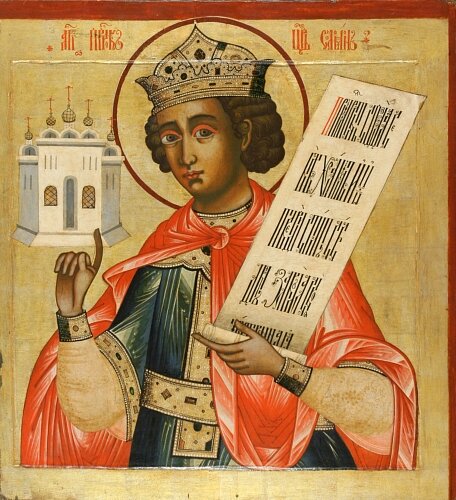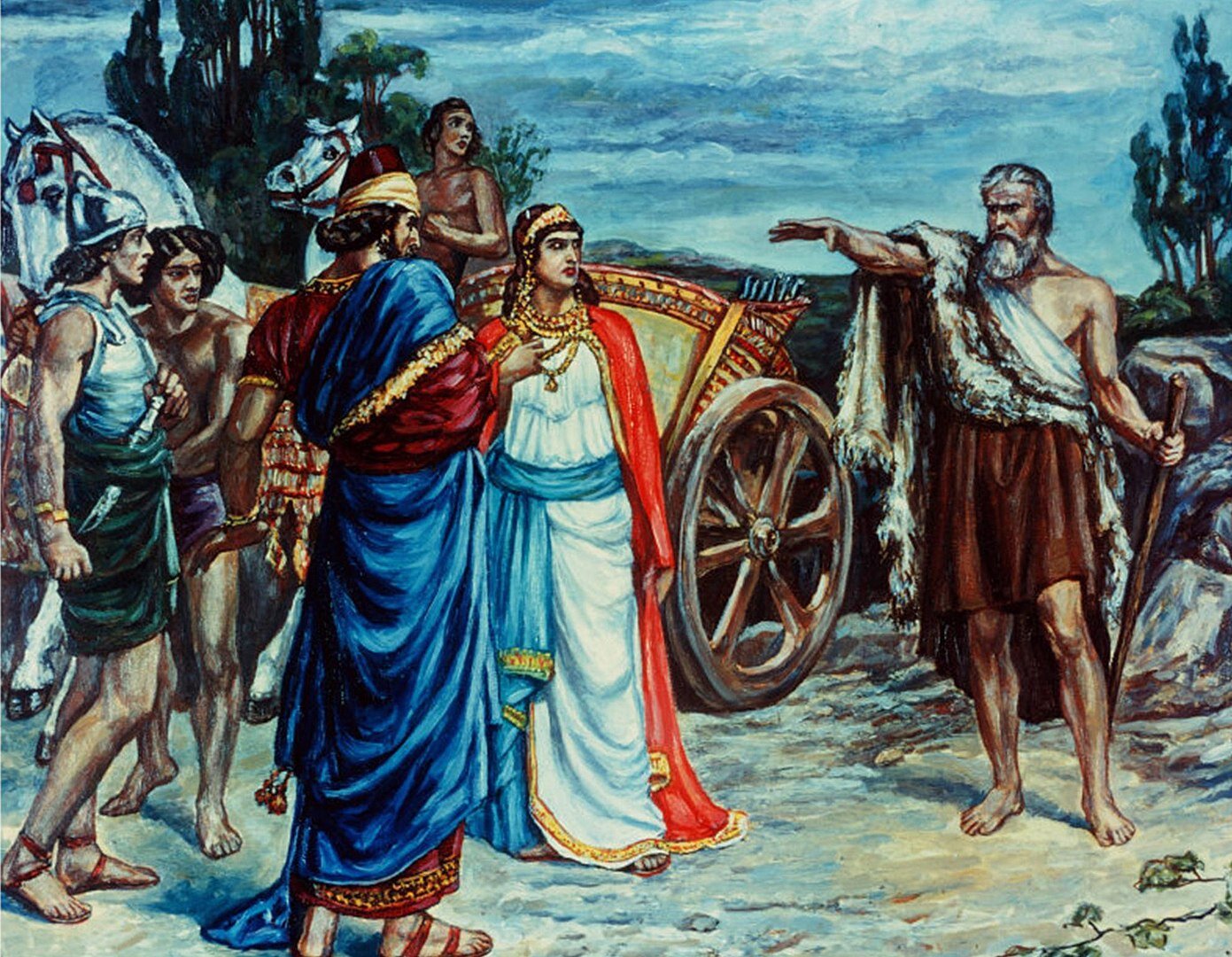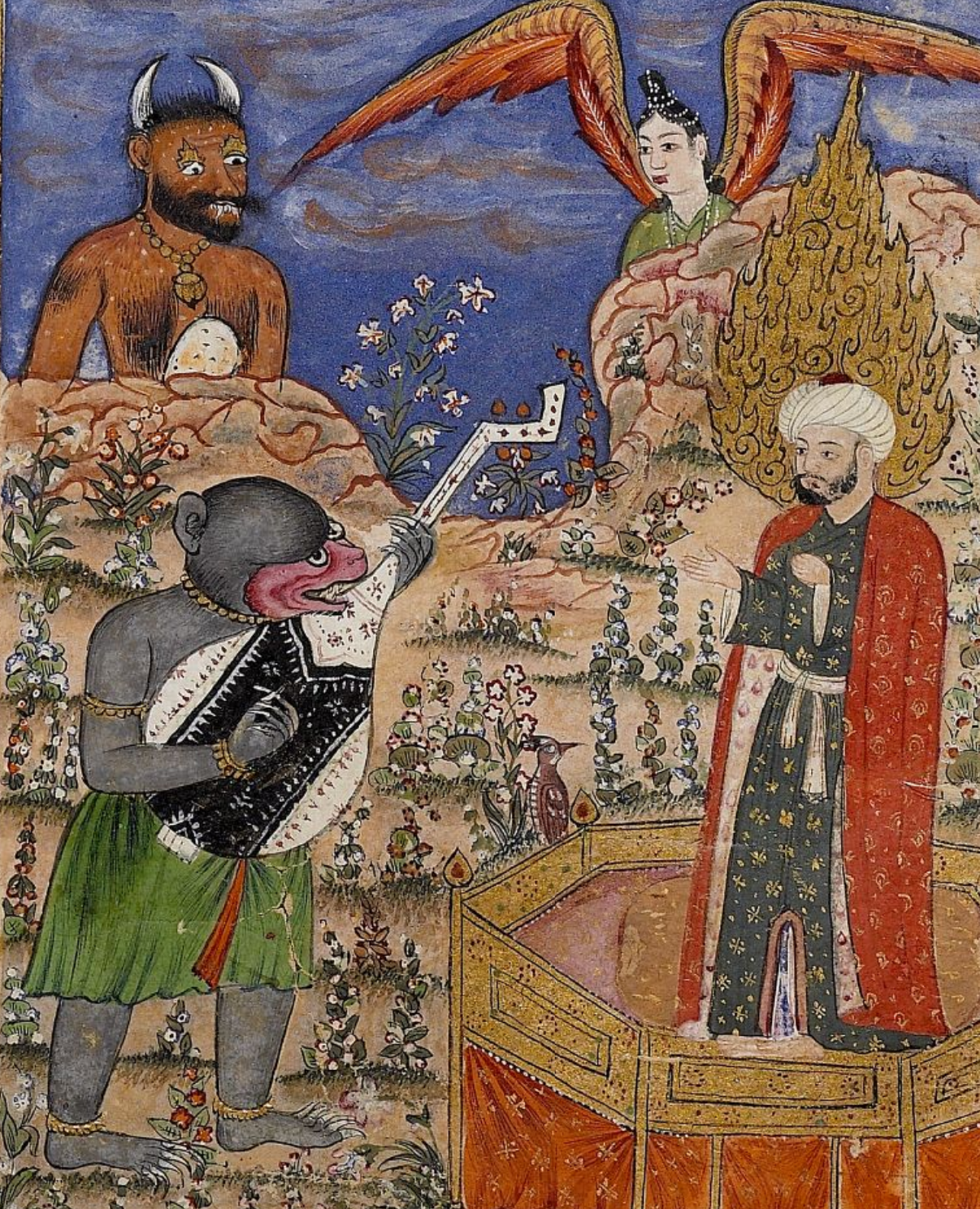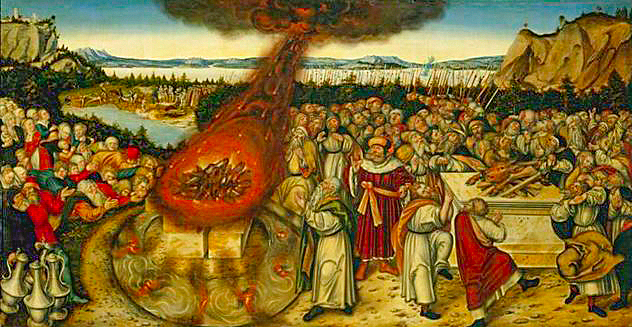The Old Testament maligns these rulers, glossing over the fact that they founded the first Israelite kingdom — not David and Solomon.
Vilified in the Bible, King Ahab and Queen Jezebel, as seen in this painting by Frederic Leighton, circa 1863, were among the first rulers of Israel as a true kingdom.
King Solomon, son of the legendary giant-killer David, has long been held up as a founder of the first Israelite kingdom. Historical and archeological evidence, though, shows that this wasn’t the case.
King Solomon has been given credit for many of the impressive building projects that actually happened during the Omride Dynasty.
“Most Jews and Christians don’t want to hear that the first kingdom of Israel wasn’t founded by David or Solomon but by the supposedly devious sinners Ahab and Jezebel. ”
A true kingdom — featuring monumental building projects, a professional army and bureaucracy — didn’t appear on the ancient Near East scene until the early 9th century BCE, during what’s known as the Omride Dynasty.
This won’t sit well with biblical literalists, given that the most famous figures from this line are King Ahab and his notorious wife, Jezebel, a demonized princess from Phoenicia.
Jezebel, in an 1896 painting by John Liston Byam Shaw, wouldn’t be the first woman to get a bad rap in the Bible. (Incidentally, she was originally painted nude, but the work wasn’t selling, so Byam Shaw added clothes.)
Ahab and Jezebel’s Bad Rap
The most famous (or should I say “infamous”?) Omride couple, King Ahab and Queen Jezebel, are accused of “repeatedly committing some of the greatest biblical sins: introducing the cult of foreign gods into the land of Israel, murdering faithful priests and prophets of YHWH, unjustly confiscating the property of their subjects, and violating Israel’s sacred traditions with arrogant impunity,” explain Israel Finkelstein and Neil Asher Silberman in The Bible Unearthed: Archaeology’s New Vision of Ancient Israel and the Origins of Its Sacred Texts.
Judging by the evidence, the authors of the Bible could instead have said that Ahab was “a mighty king who first brought the kingdom of Israel to prominence on the world stage and that his marriage to the daughter of the Phoenician king Ethbaal was a brilliant stroke of international diplomacy,” the authors write. “They might have said that the Omrides built magnificent cities to serve as administrative centers of their expanding kingdom.”
Part of their success was certainly due to the fact that they had one of the most powerful armies in the region.
Omri, the founder of the dynasty, and his son Ahab weren’t particularly pious and did act brutally on occasion. “But the same could be said of virtually every other monarch of the ancient Near East,“ say Finkelstein and Silberman.
King Omri founded the first powerful Israelite dynasty — sorry, King David!
Israel vs. Judah: The North vs. the South
The Bible tells us that the Israelite kingdom of Judah developed in the south, home to the city of Jerusalem. But it was actually the northern region of Israel that progressed faster.
“Judah was always the most remote part of the hill country, isolated by topographical and climatic barriers,“ write Finkelstein and Silberman. “By contrast, the northern part of the highlands consisted of a patchwork of fertile valleys nestled between adjoining hilly slopes.”
That northern region, Israel, was a more productive area, allowing for grain growing as well as the cultivation of olive orchards and vineyards. With the specialization of oil and wine, some villages turned to trade to get the grain and animal products they needed.
“The result was increasing complexity of the northern highland societies and, eventually, the crystallization of something like a state,” write Finkelstein and Silberman. “Export trade to the people of the lowlands and, more important, to the markets in the great cities of Egypt and the ports of the Phoenician coast pushed things still further.“
King David didn’t rule over a powerful kingdom — he was a mere hill country chieftain.
A Look at the Evidence
The story of Ahab and Jezebel’s bad behavior was written over 200 years after their deaths. “The biblical narrative is so thoroughly filled with inconsistencies and anachronisms, and so obviously influenced by the theology of the seventh century BCE writers, that it must be considered more of a historical novel than an accurate historical chronicle,” write Finkelstein and Silberman.
In the 9th century BCE, we finally have firsthand testimonies of events and personalities from the Old Testament in the records of the Assyrians and other neighboring powers. Omri is mentioned in the Mesha stele, found in 1868 in Jordan, at the site of biblical Dibon, the capital of the kingdom of Moab.
Most famously, the Monolith Inscription, discovered in the 1840s at the ancient Syrian site of Nimrud, mentions how fierce an enemy Ahab was.
The archaeological evidence shows that Omri and his court arrived at Samaria, what would become their capital city, around 880 BCE. The remains of an impressive palace have been unearthed there.
“For visitors, traders and official emissaries arriving at Samaria, the visual impression of the Omrides’ royal city must have been stunning,” write Finkelstein and Silberman. “Its elevated platform and huge, elaborate palace bespoke wealth, power and prestige.”
The cities of Megiddo, Hazor and Jezreel followed. The architectural styles all follow certain patterns and were built during Omride rule — and not a century before by King Solomon, as had been previously supposed.
The Monolith of Shalmaneser III mentions a battle the Assyrian army fought against “Ahab the Israelite.”
On top of this, there’s the pottery. You'd be amazed by how much archaeologists can learn from broken pots. They’re all distinct in their way and help pinpoint dates and populations in the various layers of ancient sites. The shards of pottery at these and other locations can be used as a clear dating indicator for the Omride period.
In a battle with the king of Aram, Ahab disguised himself — but was slain by a stray arrow.
Israel’s Forgotten First Kingdom
I’m sure most Jews and Christians don’t want to hear that the first kingdom of Israel wasn’t founded by David or Solomon but by the supposedly devious sinners Ahab and Jezebel. But that’s what happens when you don’t take the Bible as the gospel truth (so to speak) and look to architectural and historical evidence to corroborate (or, as the case may be, disprove) the ancient stories.
Ahab coveted a garden, but when its owner, Naboth, refused to sell it, Jezebel had him stoned to death. The prophet Elijah shows up to curse the couple.
Looking with an open mind and trusting in science — two admittedly rare qualities when dealing with religion — we learn “that David and Solomon were, in political terms, little more than hill country chieftains, who in administrative reach remained on a fairly local level, restricted to the hill country,” write Finkelstein and Silberman.
The supposedly sinful Jezebel is thrown from the palace to her death.
For those with whom the evidence doesn’t sit well, take heart in the prophecy of Elijah, described in the Old Testament book of 1 Kings, which supposedly came to pass: Jezebel was thrown from an upper window of the palace, with only her skull, feet and palms remaining. The rest had been eaten by stray dogs. –Wally
As prophesied by Elijah, dogs tore apart and ate most of the corpse of Queen Jezebel. Queen Jezabel Being Punished by Jehu by Andrea Celesti, from the second half of the 17th century
































































